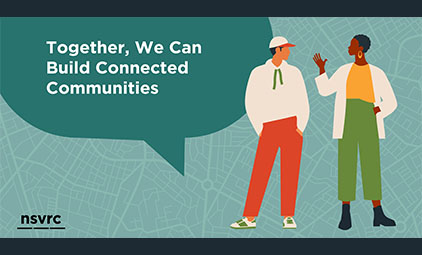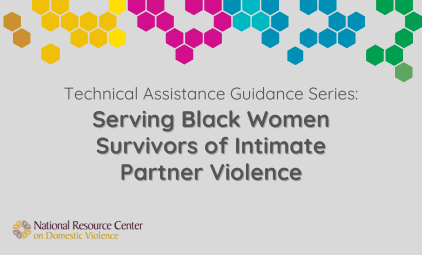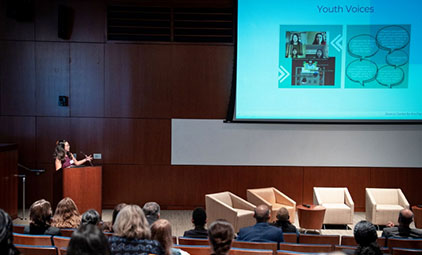Advancing gender equity and equality is fundamental to every individual’s economic security, safety, health, and ability to exercise their most basic rights. It is also essential to economic growth and development, democracy and political stability, and the security of nations across the globe. Ensuring that all people, regardless of gender, have the opportunity to realize their full potential is, therefore, both a moral and strategic imperative.
The first-ever National Strategy on Gender Equity and Equality, created by the White House Gender Policy Council, sets forth an aspirational vision and a comprehensive agenda to advance gender equity and equality in domestic and foreign policy—and demonstrates that families, communities, and nations around the world stand to benefit.
The strategy identifies ten interconnected priorities: 1) economic security; 2) gender-based violence; 3) health; 4) education; 5) justice and immigration; 6) human rights and equality under the law; 7) security and humanitarian relief; 8) climate change; 9) science and technology; and 10) democracy, participation, and leadership. These priorities are inherently linked and must be tackled in concert.
The strategy also adopts an intersectional approach that considers the barriers and challenges faced by those who experience intersecting and compounding forms of discrimination and bias related to gender, race, and other factors, including sexual orientation, ethnicity, religion, disability, age, and socioeconomic status. This includes addressing discrimination and bias faced by Black, Latino, and Indigenous and Native American people, Asian Americans, Native Hawaiians, and Pacific Islanders, and other people of color












